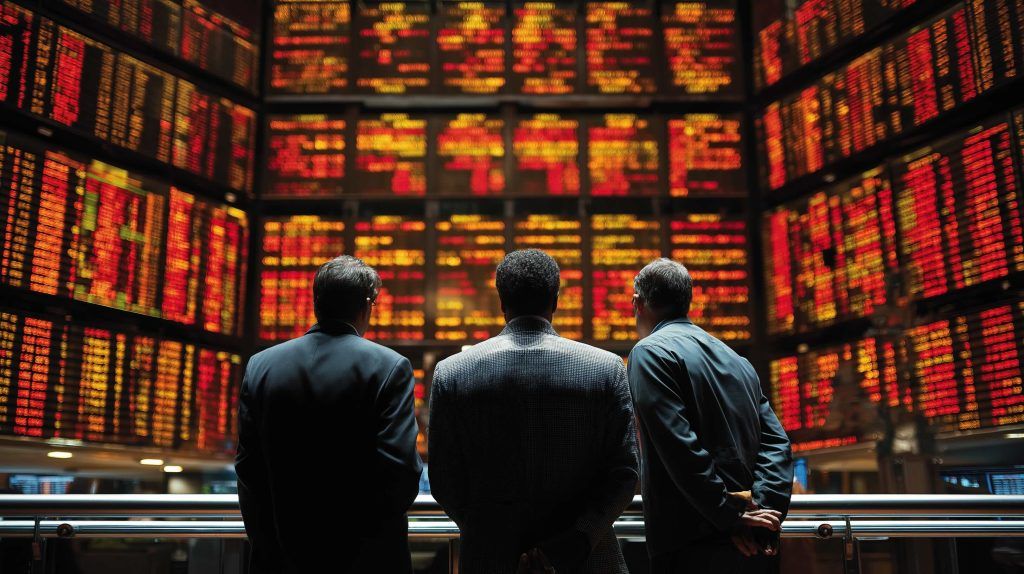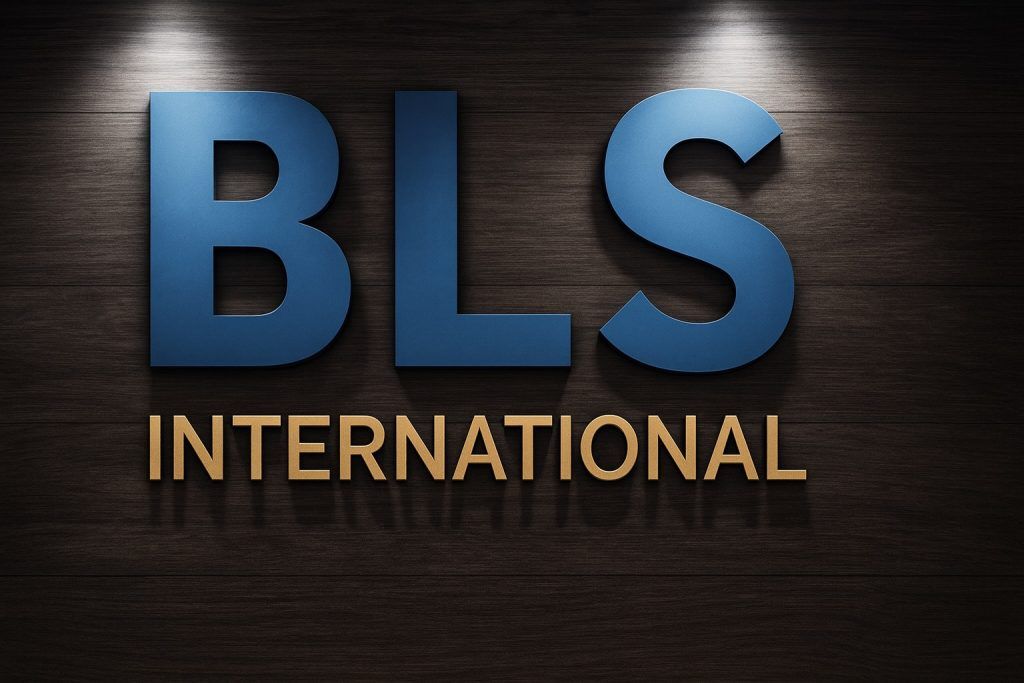- Price Snapshot (Oct 14, 2025): Ethereum (ETH) is trading around $4,000–4,200 on Oct. 14, 2025 [1] [2]. Bitcoin is roughly $112,000, making ETH about 3.6% of BTC’s price [3]. After plunging to the mid-$3,000s on Oct. 10, ETH has bounced back; on Oct. 13 it closed near $4,240 [4]. Over the past week ETH is down roughly 15–16%, while year-over-year it remains up ~50% [5].
- Recent Volatility: A surprise U.S.–China tariff escalation on Oct. 10 triggered a crypto crash. ETH fell roughly 6–7% on Oct. 10 (to ~$3,510–3,637) [6] [7], liquidating about $600M in crypto futures (with ~$235M in ETH long positions) [8]. Bitcoin also fell (~3–4% intraday) [9]. The sell-off wiped out nearly $19 billion in crypto value overall [10]. By Oct. 12–13, however, crypto markets rebounded: ETH rallied back toward $4,200 (up +2% on Oct. 13 [11]) and regained about half of its losses. Institutional buying (e.g. spot ETH ETFs) and buyers stepping in at ~$4,100 have helped cushion the drop [12] [13].
- “Uptober” Rally & Inflows: Before the crash, ETH had been riding an “Uptober” rally. It briefly hit ~$4,753 in early October (just ~4% below its late-Aug ATH of ~$4,946) on heavy demand [14]. Spot ETH ETFs saw roughly $1.5 billion of net inflows in the first week of Oct. [15] (boosting funds under management to over $14B [16]). On-chain data also look bullish: exchange balances of ETH are near decade-lows and DEX volumes spiked ~47% in late Sept [17], indicating strong accumulation.
- Technical Indicators: Analysts identify major support in the $4,000–4,400 range and resistance near $4,800 [18]. Pre-crash, ETH was trading above its key moving averages and the RSI was in neutral-to-bullish territory [19]. The Oct. 10 sell-off cooled that momentum: daily RSI is now around ~50 (neutral) and the MACD indicator has turned down [20]. Bulls are watching whether ETH holds the ~$4,000 floor. A sustained break below ~$4,000 could open the door to a deeper drop toward ~$3,400. Conversely, reclaiming $4,100–4,300 would “flip” sentiment bullish again (as one analyst noted [21]). Short-term traders will eye the 100-day moving average (near $4,000) and daily RSI. So far, ETH is still inside a rising channel, and a rebound above ~$4,250 could target the next resistances near $4,600–4,800 [22] [23].
- Market Drivers: Macro and crypto-specific news have driven this volatility. U.S. trade tensions (100% tariffs on Chinese goods) sparked the recent plunge [24] [25]. Meanwhile, investors are keenly watching Federal Reserve policy: futures markets now price a near-certain rate cut at the Oct. 29 meeting [26]. The prospect of easier money has supported risk assets; “Ethereum fits that profile,” notes Justin d’Anethan of Arctic Digital, since ETH is up only a modest yield (~4–5% via staking) in a low-rate world [27]. On the regulatory front, the SEC’s new crypto-ETF rules (approved in late Sept.) mean approvals are much faster (75 days vs. 270) [28]. This could unleash a wave of new crypto ETFs this fall, potentially including funds focused on ETH.
- Upgrades & Adoption: Ethereum’s long-term fundamentals remain strong. A major network upgrade – code-named “Fusaka” – is slated for November 2025 and promises big scalability gains via sharding [29]. Earlier upgrades (e.g. “Pectra” in May) already boosted efficiency and staking capacity [30]. ETH also benefits from growing usage in DeFi and tokenization. For example, stablecoin reserves on Ethereum recently hit an all-time high of ~$162B [31]. Corporate treasuries continue accumulating ETH: Nasdaq-listed BitMine just bought 202,000 ETH (~$828M) during the dip, bringing its holdings above 3 million ETH (2.5% of supply) [32]. BitMine’s chairman, Tom Lee, says recent volatility is “a good flush” creating buying opportunities [33] – a sentiment echoed by other big buyers (even Michael Saylor’s Strategy Tech hinted he “bought the dip” in BTC [34]).
Technical Analysis: RSI, MACD and Key Levels
Ethereum’s technical picture is mixed. In mid-October, ETH sits back within its long-term uptrend, but short-term momentum has faded. On the RSI oscillator, ETH cooled from overbought to neutral (~50) after the crash. The MACD (momentum) indicator also crossed down, reflecting weaker upside energy [35]. Still, ETH remains above many moving averages. Chartists note that reclaiming $4,141 and then $4,580 are pivotal (one report named those as key pivots [36]). The $4,000–4,100 zone is viewed as crucial support (buyers stepped in here on Oct. 10 [37]). If $4,000 holds, bulls argue the uptrend is intact – otherwise analysts warn ETH could test the ~$3,400 area next. Above, the big resistance lies near ETH’s recent highs: a move through $4,500–4,800 would turn heads. (For comparison, a Cointelegraph analysis recently noted that a decisive break above the 50-day EMA around $4,250 could target ~$4,600–4,700 [38].)
Expert Views & Market Sentiment
Opinions are divided on ETH’s near-term path. Fundstrat’s Mark Newton believes dips into the $4,300–4,400 zone are “buying opportunities” and still forecasts ETH may reach $5,500 by mid-October [39]. Standard Chartered lifted its Ethereum year-end target to $7,500 [40], citing stronger industry use-cases. In contrast, Citigroup remains cautious: its analysts peg ETH around $4,300 by year-end [41] [42], warning that much of the upside (ETF launches, upgrades, etc.) may already be priced in [43]. Crypto trader Justin d’Anethan of Arctic Digital notes that in an easing-rate world, “there is a strong case for capital rotating into risk assets with upside. Ethereum fits that profile,” thanks in part to its ~4–5% staking yield [44]. BitMine’s Tom Lee (a veteran analyst) agrees that recent volatility produced bargains: he called the sell-off “a good flush” and emphasized that any non-structural drop is “a good buying opportunity” [45]. On the other hand, some chartists caution ETH still risks more downside: Crypto trader Michaël van de Poppe observed ETH is “down nearly 20% from the high – not a bad spot to be accumulating,” but noted a symmetrical triangle breakdown that could have sent ETH to ~$3,560 [46] if the $4K support failed.
In sum, market sentiment appears cautiously bullish: a popular prediction market now shows ~80% of bets favor ETH hitting $5,000 before falling back to $3,500 [47]. Many analysts argue that if the uptrend resumes, breaking $4,580–4,800 is key. But they also remind traders of the volatile backdrop – high leverage is still present, and external shocks (trade wars, regulation) can quickly turn the tide.
What This Means for Traders and Investors
The current turmoil offers both opportunity and risk. For long-term investors, Ethereum’s fundamentals (staking yield, real-world use, institutional demand) look strong, and many see the dip as a chance to accumulate. As Citigroup’s research notes, staking ETH provides a real return (~4–5%) that is attractive in today’s low-yield environment [48] [49]. Corporate buyers like BitMine and others continue to bulk up on ETH, signaling confidence. However, traders should exercise caution: Citigroup reminds that without new catalysts, ETH could stall or even revisit much lower levels in a severe shock [50]. Practically, traders might watch the $4,000 support closely – a clean hold could indicate the pullback is over, whereas a break might prompt stop-losses or hedges. RSI and MACD suggest there is still upside if the $4K–4.1K zone holds. Given the rapid swings, many experts recommend scaling positions (buying in tranches) and setting clear risk limits. In short, bulls are eyeing a re-test of $5K if broader markets stay upbeat, while bears warn that global uncertainties mean volatility will stay high. Whatever happens, both sides agree ETH’s road this week underscores that crypto remains tightly linked to macro factors – and that traders should stay nimble and informed.
Sources: Real-time price and chart data are from crypto market trackers [51] [52]. News and analysis are drawn from TechStock² (TS2) crypto reports and leading outlets: CoinDesk [53] [54], CoinTelegraph [55] [56], Reuters [57] [58] [59] [60], as well as expert commentary. All data and quotes are properly attributed in the text above.
References
1. ycharts.com, 2. www.coindesk.com, 3. www.coindesk.com, 4. www.investing.com, 5. ts2.tech, 6. www.reuters.com, 7. www.coindesk.com, 8. www.coindesk.com, 9. www.coindesk.com, 10. www.coindesk.com, 11. www.investing.com, 12. www.coindesk.com, 13. cointelegraph.com, 14. ts2.tech, 15. ts2.tech, 16. www.fxempire.com, 17. ts2.tech, 18. ts2.tech, 19. ts2.tech, 20. ts2.tech, 21. ts2.tech, 22. ts2.tech, 23. ts2.tech, 24. www.coindesk.com, 25. www.reuters.com, 26. ts2.tech, 27. ts2.tech, 28. www.reuters.com, 29. ts2.tech, 30. ts2.tech, 31. www.fxempire.com, 32. www.coindesk.com, 33. cointelegraph.com, 34. cointelegraph.com, 35. ts2.tech, 36. ts2.tech, 37. www.coindesk.com, 38. cointelegraph.com, 39. ts2.tech, 40. www.reuters.com, 41. ts2.tech, 42. www.reuters.com, 43. ts2.tech, 44. ts2.tech, 45. cointelegraph.com, 46. cointelegraph.com, 47. ts2.tech, 48. ts2.tech, 49. www.reuters.com, 50. ts2.tech, 51. ycharts.com, 52. www.investing.com, 53. www.coindesk.com, 54. www.coindesk.com, 55. cointelegraph.com, 56. cointelegraph.com, 57. www.reuters.com, 58. www.reuters.com, 59. www.reuters.com, 60. www.reuters.com









